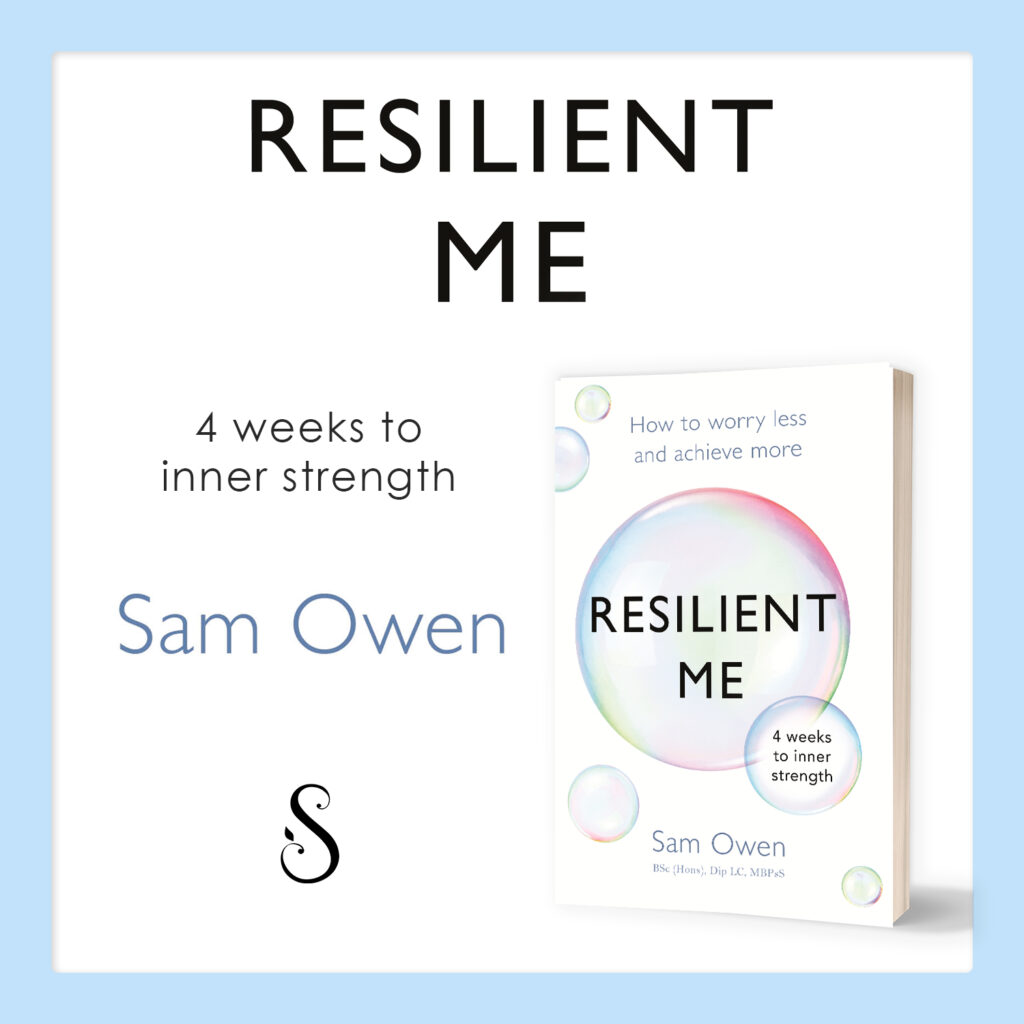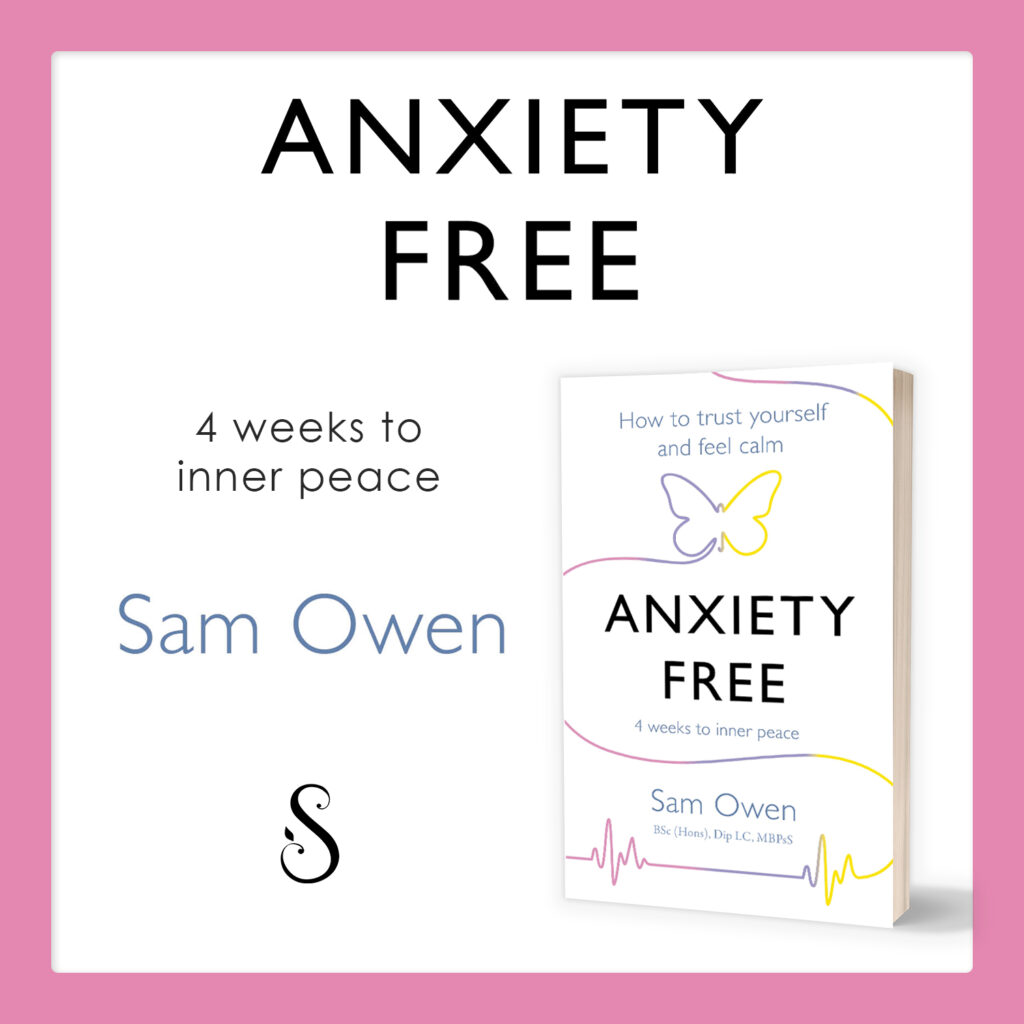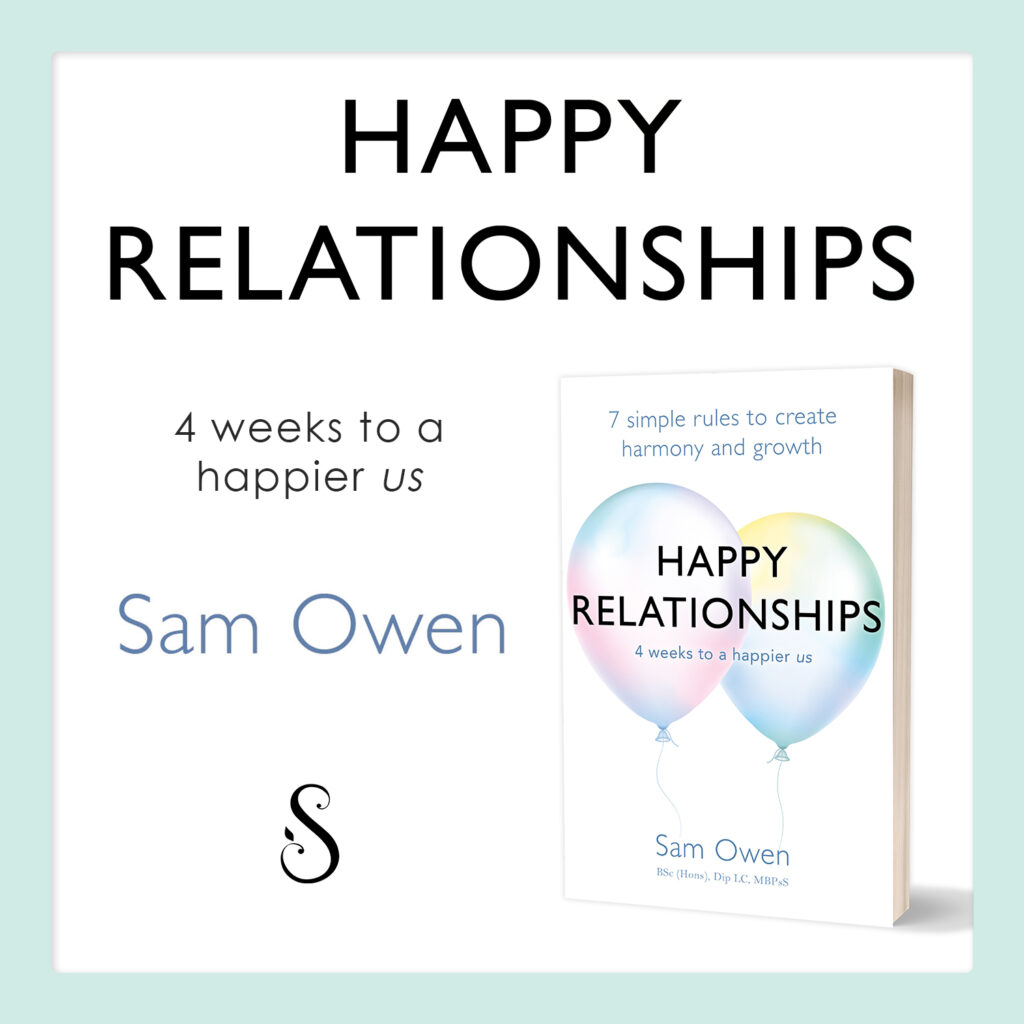
It’s easy to let a simple daily dispute become all out war. Whilst the causes of the arguments may not be a big deal, the way you handle the communications is. Good dispute resolution, after all, is a skill to be honed if we want to be in happy, lasting relationships with people.
Importantly, researchers have discovered that the brain has a negativity bias, meaning the brain pays more attention to negative stimuli entering through the senses than positive stimuli, e.g. an angry exchange vs. a loving exchange. Such a negativity bias likely exists to serve and protect us from danger to ensure our survival. Whilst the brain can be a little on overkill with it these days, negativity bias would have been highly important in ancient times when we were facing overt daily threats to our survival such as being mauled in the wild by a predator.
What this means is that in the modern day, we are giving a great deal of attention to negative stimuli but that stimuli is often non-life threatening so we are over-exerting our brains to deal with “threats” that are not threats, things like hearing a negative word or seeing a negative facial expression or worrying about a negative outcome that may or may not even happen!
Positivity To Negativity Ratio Required
About a decade ago in 2005, Barbara Fredrickson and Marcial Losada published a study in a credible, peer-reviewed journal suggesting that if we ensure a positivity ratio of about 3:1 for positive emotions vs. negative emotions, our mental health would “flourish”. In 2013, Fredrickson retracted the ratio claim which was based on Losado’s mathematical equations but insisted that, “Even when scrubbed of Losada’s now-questioned mathematical modeling, ample evidence continues to support the conclusion that, within bounds, higher positivity ratios are predictive of flourishing mental health and other beneficial outcomes.”
The reality is that you and I experience first-hand how this negativity bias plays out, even if ratios for flourishing with positive mental health are yet to be discovered, if even at all possible.
All negative events are not equal given we must take into account, amongst other things, the timing of the negative event, the underlying issues it taps into, the current mood of the recipient, the intensity of the negative event, the danger level of the negative event, and more.
So whilst a definitive ratio for achieving positive mental health may evade us, common sense dictates that a greater number of positive associations to negative associations with a given person or object is going to influence our perception of, and feelings towards, that person or object, in one direction or the other, even if that person is us. Furthermore, if the brain has a negativity bias, and it certainly appears to when we look at the research, then we need to ensure that the frequency and intensity of positive emotions overshadow the frequency and intensity of negative emotions.
Gauging Where On The Positivity Scale You Are
So how do we gauge this when we do not have a definitive ratio to work towards and how do we ensure that we tip the scales in our favour or in our relationships’ favour?
The best gauge is our own bodily sensation, the bodily feelings we get that either highlight tension of some sort or relaxation. The way the body feels can tell us a huge amount and there is a reason cognitive behavioural therapy (CBT) makes use of this. Therefore, use your body to check for any signs of tension, or to glean if you feel generally relaxed, and that in itself will help us to know if we are emotionally experiencing negative emotions or positive emotions, respectively.
Tipping The Positivity Scales In Your Mental Health’s Favour
To ensure the scales are tipped in your favour, use your bodily sensation as a gauge and then, as and when required, seek out and employ positivity enhancing moments. Things that will enhance how positive you feel:
- vocalising your appreciation of a loved one or even an acquaintance,
- giving to others,
- talking kindly to yourself,
- treating yourself well in even smallest ways to nourish your self-worth,
- treating deserving others well,
- physical intimacy like physical touch, hugging, kissing, cuddling,
- achieving goals, however small,
- pursuing purpose in your life that extends beyond yourself.
7 Tips For Increasing Your Positivity Ratio In Relationships
When we’re in a rut in a relationship, it can be easy for the negativity to continue on a downward spiral, partially because of the negative words we use which put speaker and listener into a self-sabotaging cycle of fight-or-flight and negative emotions.
When we’re in a rut in a relationship, it can sometimes, initially, be easier to reduce the number of negative associations we are creating within the relationship. Remember, we want to tip the scales in favour of positive associations so the fewer negative associations we create with our relationship, the fewer positive associations we will be required to make in order to be “flourishing” with positive mental health and to be experiencing the relationship as positive-on-the-whole.
If you are looking to increase your positivity ratio in terms of your relationship with your spouse or partner, here are seven useful tips:
- Take time out from a nose-diving conversation with the resolve to complete the conversation at a later point in time when you’re both in a productive, solution-focused frame of mind.
- Use physical intimacy like physical touch, hugging, kissing, cuddling and more, to release the hormone oxytocin to help you to both feel relaxed, bonded and safe.
- Genuinely tell your partner about the things they do that you appreciate, big and small, and show them, too.
- Do things for your partner, however seemingly small; if it’s a gesture of love and delivered with enthusiasm and received with acknowledgement, it will help you to both feel positive.
- Ask questions instead of making statements; the former suggests you care to clarify and understand, the latter suggests you have made your mind up and often forces people into being defensive.
- Use positive words wherever possible as negative words put the listener and speaker into fight-or-flight in less than a second.
- Act like a team when there is a challenge in your path as a couple; this means asking what you can do to help and then doing it if you can; asking questions to help them work things out for themselves (thereby empowering them); doing things to help them to feel supported and loved and visible, even if you can’t directly help them to solve the challenge itself.
We may not (yet) know the exact positivity to negativity ratio that humans require for flourishing mental health but we intuitively know that we want more positivity in our life than negativity and that we achieve more in a positive state of mind than in a negative state of mind. There is, of course, a tonne of research to back up the latter, too.
Use your sophisticated human body as your signalling system to gauge where on the “positivity scale” you are and use positivity enhancing thoughts and behaviours towards yourself and others to ensure your mental health thrives…along with your life.













